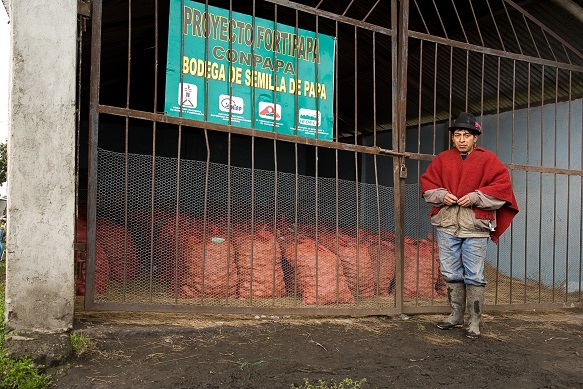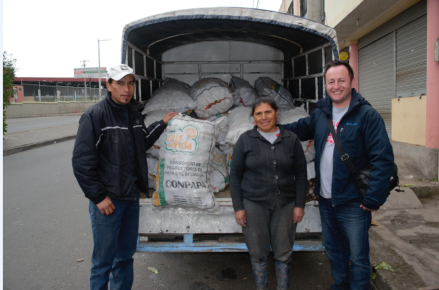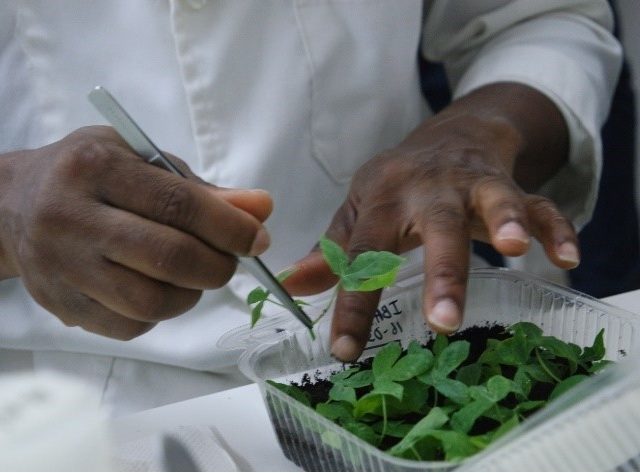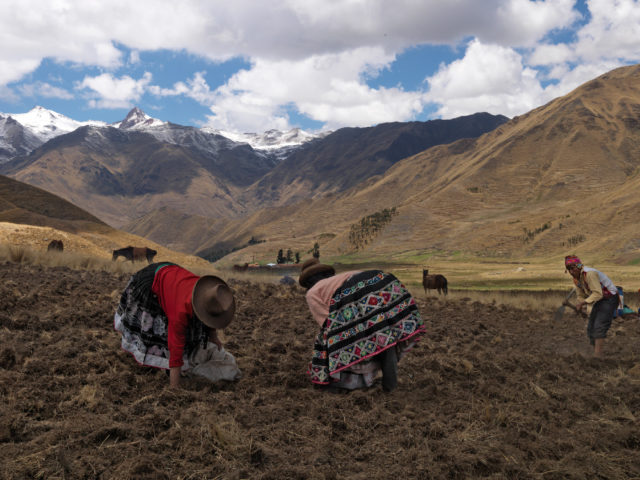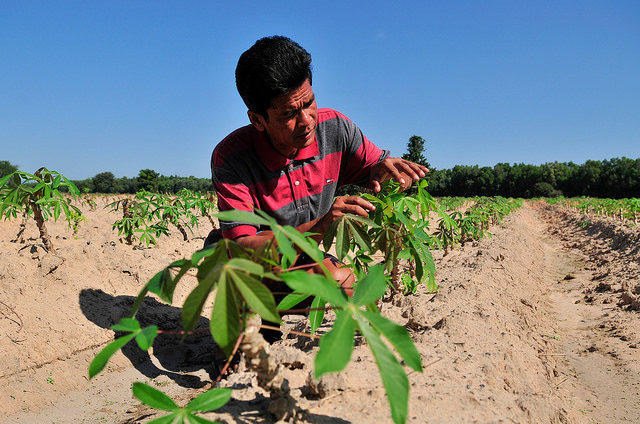Potato Seed Systems are made up of multiple levels of interactions among seed producers, farmers, private companies, governmental and non-governmental organizations. These network systems are complex and involve not only biological and agro-ecological components (seed production, farm practices, pest and diseases associated with the crop) but also social and economic components.
Impact Network Analysis (INA) is a new tool to better understand the interactions among the different components of a seed system. An “impact network” is the linked socioeconomic and biophysical networks through which new technologies can impact system outcomes, such as farmer income or productivity. An “Impact Network Analysis” is an evaluation of how impact networks function in a particular setting such as seed systems, and where the control points for improvement are. Identification of key nodes that influence success of seed systems – farmers, farms, sources of information, presence of diseases that cause seed degeneration – will support enhancement of the important functions of the system, such as maximizing the distribution of new seed varieties using fewer distribution channels. Additionally, understanding of the network structure through INA will identify control-point nodes for managing particular problems in the system (e.g., disease, lack of communication, lack of infrastructure). Efforts and resources can be allocated to particular nodes to improve specific practices and to control pest and disease outbreaks, leading to improvements in the seed system in general.
As part of the first implementation of INA in seed systems, Dr. John Hernandez Nopsa—a postdoctoral scientist working in the lab of Dr. Karen Garrett at Kansas State University and University of Florida—visited the province of Tungurahua, Ecuador and worked in the field with seed and potato producers in the CONPAPA association. CONPAPA, a potato farmers’ consortium that boasts 300 members in the Ecuadorian highlands, is among the case studies currently undertaken under the RTB seed system framework initiative. A team composed of Dr. Jorge Andrade-Piedra, Dr. Peter Kromann, and Mr. Israel Navarrete from the office of the International Potato Center (CIP) in Ecuador, joined John and engineer Luis Montesdeoca—the CONPAPA leader— from 19-23 Janury, 2015. During that time, they visited and interviewed multiple seed producers and potato farmers near Quito and Ambato, collecting fundamental data that will be used to implement INA for the seed production system in this region of Ecuador under the CONPAPA model.
These visits allow a better understanding of the farming practices, communication networks, integrated pest management (IPM) of potato production and socioeconomics involved within the CONPAPA model in the Tungurahua region. INA is being used to identify efficient approaches to improve benefits to potato farmers, seed producers and the community within CONPAPA.
